by Abigail Akavia

at The Metropolitan Museum of Art
When you opened the door to the apartment where I grew up, you could see all the way to the end of the living room and the large window that spanned its width, an entryway-less structure typical of apartment buildings in Tel Aviv. Our living room was particularly long, though, so that my father’s desk, which sat close to the window but facing the middle of the room, felt far enough away to be considered its own space, set apart from the bustle of a three-kids household that was also my mother’s in-home clinic. Add to the physical distance my father’s ability to immerse himself in whatever he was reading, ignoring anything that was not a direct address to him (one of those universal dad superpowers, my mothering self now knows), and he was almost completely cordoned off from the rest of us when he was sitting at his desk, as if behind a door ajar.
Even when his reading lamp was the only light on in the big room, it was possible to consider his almost immobile figure as not quite there. When my first boyfriend stepped into the apartment for the first time, however, he most definitely recognized my father’s dimly-lit, looming professor-like presence at the edge of the room. He was what you would call “a good kid”—I, in hindsight, have taken to defining him, even at 19, as a mensch—and he took the prospective meeting with my dad seriously. My father, for his part, preferred to act as if nothing out of the ordinary was happening. He put down his glasses, looked up to say a short hello, and then resumed his reading, a combination of simply holding on to his business-as-usual seat at his desk, deliberately extending the gift of privacy to his late-bloomer daughter, and a possibly unconscious urge to avoid the awkwardness of the encounter.
Maybe he also knew, in a parental sixth-sense which I used to think only my mother had but of which I can now also imagine a paternal version, that this very nice guy wasn’t the love of my life—that he was not going to sweep me away, there was really nothing to worry about. So there was no menacing handshake, no steely look into the young man’s eyes to force him to own up to his mythically filthy intentions and metaphorical abduction of my father’s youngest, no once-over to assess his prospective ability to provide for me. In short, no forced and embarrassing macho face-off. Read more »


 I suspect there are many who feel that this Dickensian paradox applies to their own life and times. I certainly do. If you’re fortunate enough to have a sufficient income, a comfortable home, loving family and friends, decent physical and mental health, and plenty of interests to pursue, then life is good. But then a lying, narcissistic, cynical, conman like Boris Johnson is ensconced in power in the UK for five years, and things are not good. One dwells in the Slough of Despond.
I suspect there are many who feel that this Dickensian paradox applies to their own life and times. I certainly do. If you’re fortunate enough to have a sufficient income, a comfortable home, loving family and friends, decent physical and mental health, and plenty of interests to pursue, then life is good. But then a lying, narcissistic, cynical, conman like Boris Johnson is ensconced in power in the UK for five years, and things are not good. One dwells in the Slough of Despond.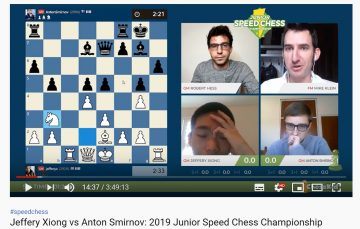 Earlier this year one of the encounters technology has made available for mind games took place – the 2019 Junior Speed Chess Championship. The technology is impressive, with the board, and video commentary by two masters, along with video of the players.
Earlier this year one of the encounters technology has made available for mind games took place – the 2019 Junior Speed Chess Championship. The technology is impressive, with the board, and video commentary by two masters, along with video of the players. Mom, why are we always at the doctor? Every week we come here. Are you dying?
Mom, why are we always at the doctor? Every week we come here. Are you dying?
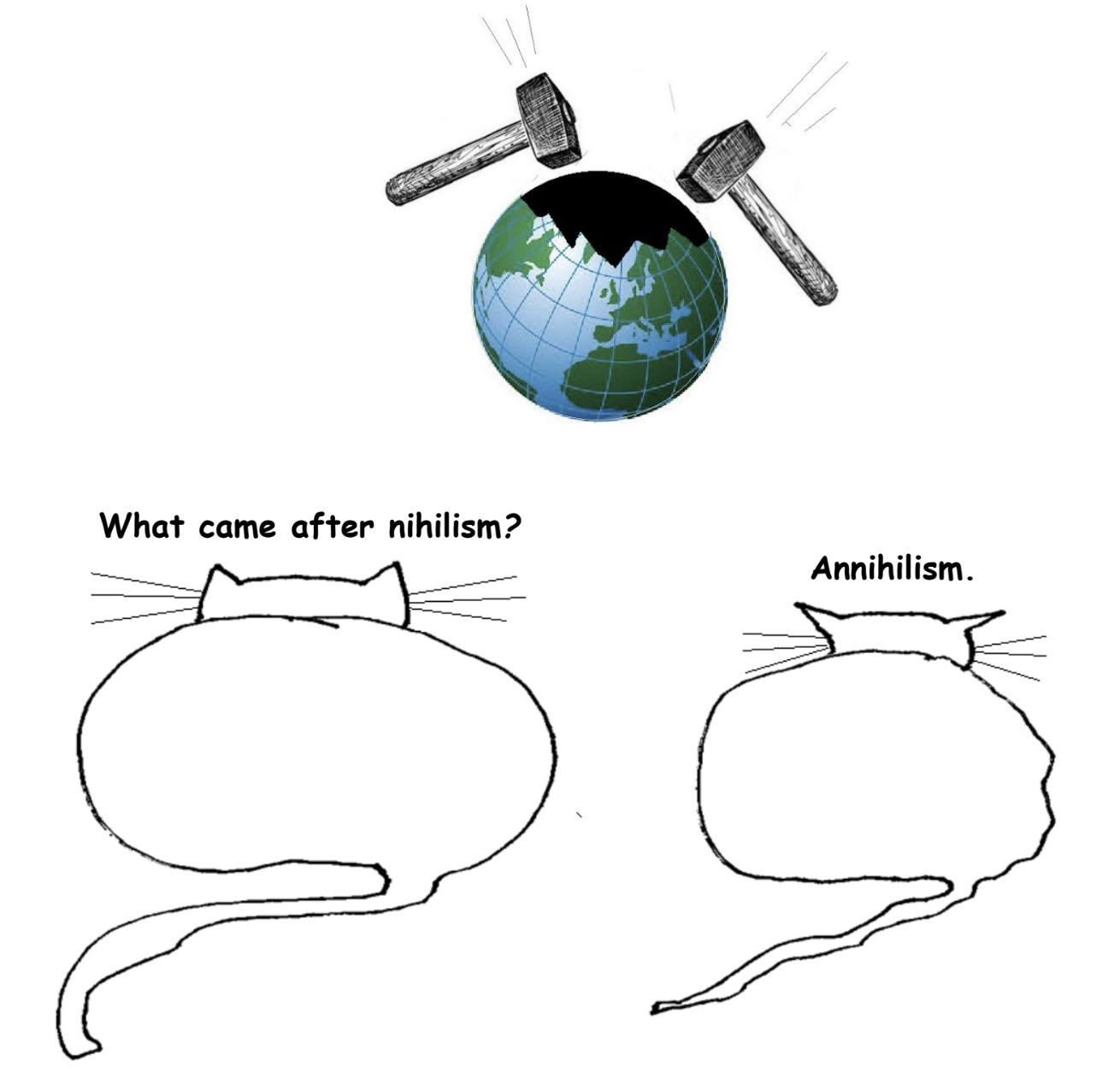
 When we were young and living in Sialkot, we went frequently, almost once a week, to Lahore, the grand and hip city just a two-hour drive away. The trips were ostensibly for some real work—father, a district court lawyer, was appearing in a case being heard in the High Court or, his tuxedo in the trunk, was heading to a meeting of the Freemasons. Or it was for mother, who had critical shopping at Haji Karim Buksh, for crystal fruit bowls or the latest coffee cups, things not to be found in Sialkot, or was going to Hanif’s for a hair trim. Mother in the early 1960s sported a Jackie Kennedy cut that needed serious maintenance and only Hanif’s could manage that. For the children it might be to see doctors or dentists at Sir Ganga Ram Hospital—deflected septum (one of the boys was an avid boxer), enlarged tonsils, persistent skin rash, and such. And of course the routine checkups for father’s hypertension. Sialkot at the time did not have specialist doctors or reliable surgical facilities. (Interestingly enough it still does not, despite being a manufacturer and exporter of surgical goods.)
When we were young and living in Sialkot, we went frequently, almost once a week, to Lahore, the grand and hip city just a two-hour drive away. The trips were ostensibly for some real work—father, a district court lawyer, was appearing in a case being heard in the High Court or, his tuxedo in the trunk, was heading to a meeting of the Freemasons. Or it was for mother, who had critical shopping at Haji Karim Buksh, for crystal fruit bowls or the latest coffee cups, things not to be found in Sialkot, or was going to Hanif’s for a hair trim. Mother in the early 1960s sported a Jackie Kennedy cut that needed serious maintenance and only Hanif’s could manage that. For the children it might be to see doctors or dentists at Sir Ganga Ram Hospital—deflected septum (one of the boys was an avid boxer), enlarged tonsils, persistent skin rash, and such. And of course the routine checkups for father’s hypertension. Sialkot at the time did not have specialist doctors or reliable surgical facilities. (Interestingly enough it still does not, despite being a manufacturer and exporter of surgical goods.)

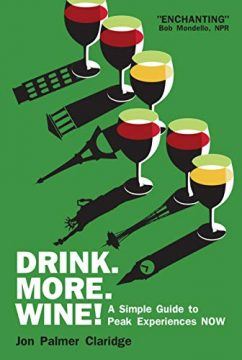 It’s the holiday season and time to think about presents for the budding wine lover in your life. Of course, any season is the right time to think about that. You should always support your local wine lover. One place to begin is this compelling book by long-time food critic Jon Palmer Claridge entitled
It’s the holiday season and time to think about presents for the budding wine lover in your life. Of course, any season is the right time to think about that. You should always support your local wine lover. One place to begin is this compelling book by long-time food critic Jon Palmer Claridge entitled When a song gets really stuck in my head, I break it down. I learn how to play it and even ponder ways to fiddle with it and improve it. In the throes of involuntary obsession, it gives me something to do. It’s a coping mechanism, a way to retain my sanity. And for this project, it also means writing, at least a little bit, about the song and artist. To create some context.
When a song gets really stuck in my head, I break it down. I learn how to play it and even ponder ways to fiddle with it and improve it. In the throes of involuntary obsession, it gives me something to do. It’s a coping mechanism, a way to retain my sanity. And for this project, it also means writing, at least a little bit, about the song and artist. To create some context.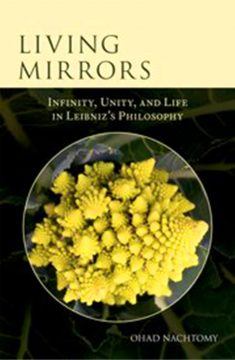 There are several billion microorganisms in a typical teaspoon of soil: not an infinite number, but more than any finite mind could hope to count one by one. Leibniz did not know the precise nature of soil microbes, nor did he have any empirical proof of their existence, but he was convinced that they, or something like them, must exist, and this for deep philosophical reasons. Whatever there is in the world must be underlain by real soul-like unities or centers of action and perception, analogous to whatever it is we are referring to when we speak of “me”. But any such center of action must be outfitted with a body, and this body must be such that no amount of decomposition or removal of parts could ever take the being in question out of existence. Thus there is nothing in the physical world but what Leibniz called “organic bodies” or “natural machines”, that is to say infinitely complex mechanical bodies. Considered together with the active, perceiving unities that underlie them, these organic bodies are best described as “corporeal substances”, of which animals and plants are the varieties we here on the surface of the earth know best. Everything is alive, in short.
There are several billion microorganisms in a typical teaspoon of soil: not an infinite number, but more than any finite mind could hope to count one by one. Leibniz did not know the precise nature of soil microbes, nor did he have any empirical proof of their existence, but he was convinced that they, or something like them, must exist, and this for deep philosophical reasons. Whatever there is in the world must be underlain by real soul-like unities or centers of action and perception, analogous to whatever it is we are referring to when we speak of “me”. But any such center of action must be outfitted with a body, and this body must be such that no amount of decomposition or removal of parts could ever take the being in question out of existence. Thus there is nothing in the physical world but what Leibniz called “organic bodies” or “natural machines”, that is to say infinitely complex mechanical bodies. Considered together with the active, perceiving unities that underlie them, these organic bodies are best described as “corporeal substances”, of which animals and plants are the varieties we here on the surface of the earth know best. Everything is alive, in short. Why have nuclear weapons not been used since 1945? The more time passes, the more the question becomes relevant and even puzzling for pessimists. Most strategists of the 1960s would be stunned to hear that as of 2017, there still has yet to be another nuclear use in anger. The prospects of a “nuclear weapons ban” or recurring proposals for “de-alerting”—instituting changes that can lengthen the time required to actually use the weapons—make the question even more relevant. Has mankind really stood “on the brink” several times since Nagasaki, and have we avoided nuclear catastrophe mostly because of pure “luck”? Recent books, articles, and reports, as well as two wide-audience documentaries, say yes.
Why have nuclear weapons not been used since 1945? The more time passes, the more the question becomes relevant and even puzzling for pessimists. Most strategists of the 1960s would be stunned to hear that as of 2017, there still has yet to be another nuclear use in anger. The prospects of a “nuclear weapons ban” or recurring proposals for “de-alerting”—instituting changes that can lengthen the time required to actually use the weapons—make the question even more relevant. Has mankind really stood “on the brink” several times since Nagasaki, and have we avoided nuclear catastrophe mostly because of pure “luck”? Recent books, articles, and reports, as well as two wide-audience documentaries, say yes.

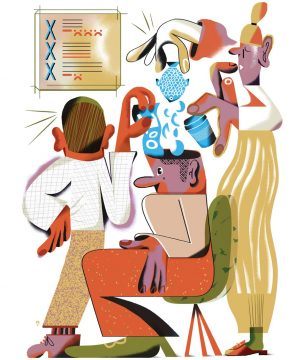 Three years ago, a team of psychologists challenged 180 students with a spatial puzzle. The students could ask for a hint if they got stuck. But before the test, the researchers introduced some subtle interventions to see whether these would have any effect. The psychologists split the volunteers into three groups, each of which had to unscramble some words before doing the puzzle. One group was the control, another sat next to a pile of play money and the third was shown scrambled sentences that contained words relating to money. The study, published this June
Three years ago, a team of psychologists challenged 180 students with a spatial puzzle. The students could ask for a hint if they got stuck. But before the test, the researchers introduced some subtle interventions to see whether these would have any effect. The psychologists split the volunteers into three groups, each of which had to unscramble some words before doing the puzzle. One group was the control, another sat next to a pile of play money and the third was shown scrambled sentences that contained words relating to money. The study, published this June